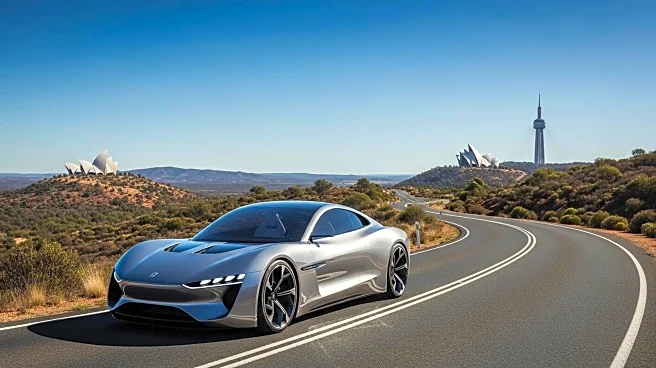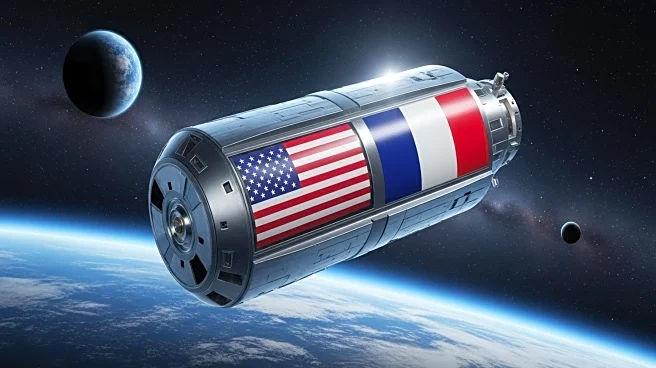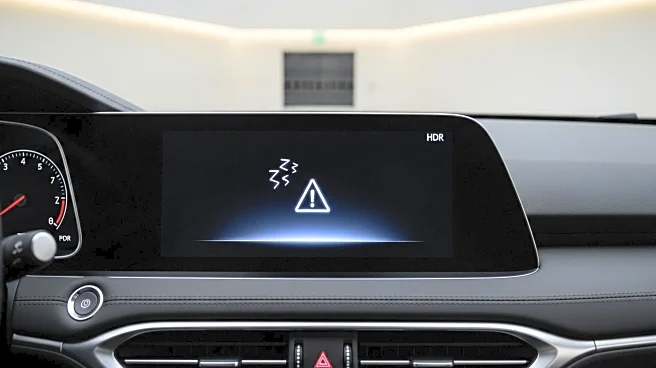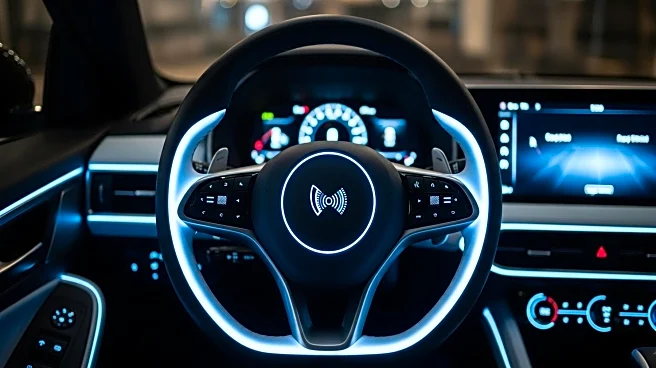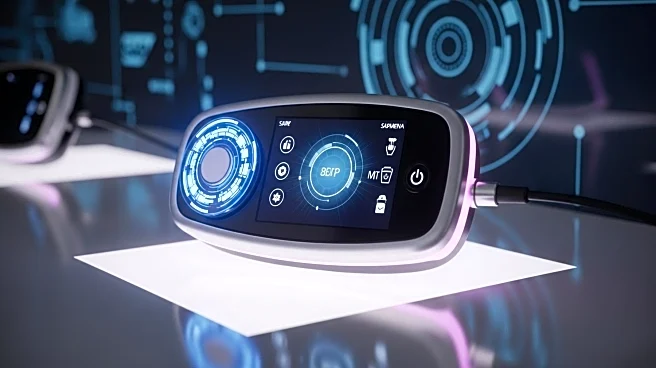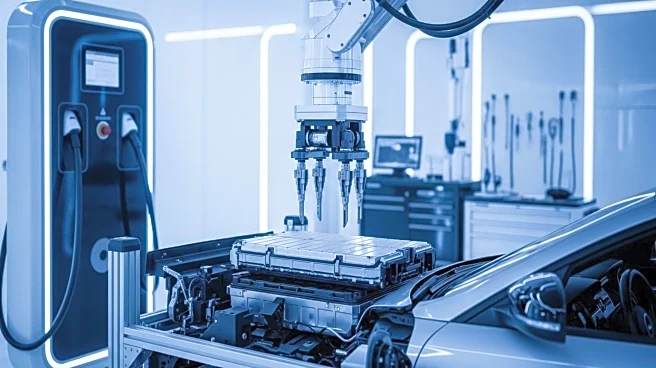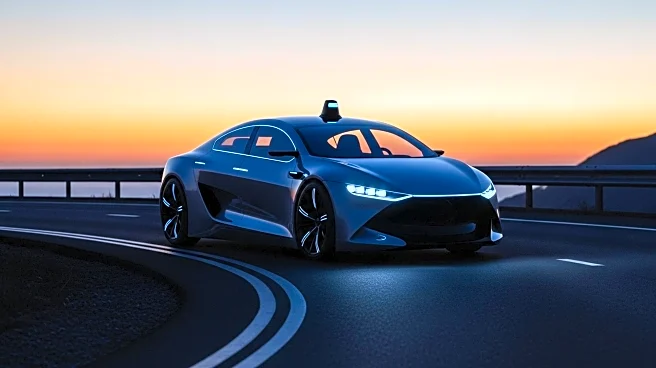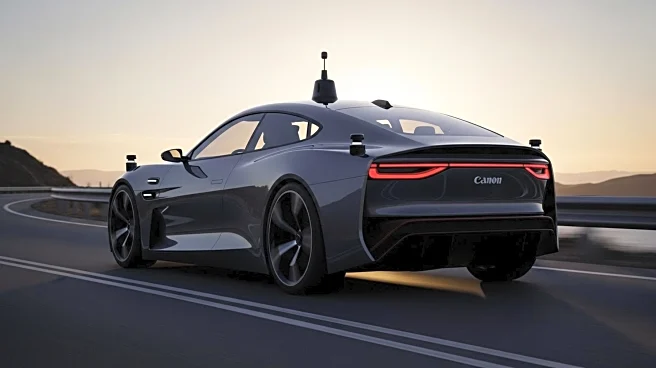What is the story about?
What's Happening?
Tesla is introducing its 'Full Self-Driving (Supervised)' mode in Australia and New Zealand. Despite its name, the system is not fully autonomous and requires drivers to remain attentive and ready to take control. This rollout comes as Tesla faces increased scrutiny, highlighted by a recent video showing a Tesla navigating Melbourne's CBD without the driver's hands on the wheel, which led to warnings from authorities. Tesla's FSD is classified as Level 2 automation, meaning it provides advanced driver assistance but still requires human oversight. The system can perform tasks such as lane changes, recognizing stop signs, and navigating complex turns, but it is not legally permitted to operate without a driver in control.
Why It's Important?
The expansion of Tesla's FSD mode into new markets like Australia signifies the company's ongoing efforts to advance autonomous driving technology. However, the regulatory environment remains a significant hurdle, as full autonomy is not yet legally sanctioned in many regions. This development is crucial for Tesla's long-term vision of a robotaxi fleet, which could revolutionize personal transportation and vehicle monetization. The scrutiny and legal challenges highlight the broader industry debate over the safety and readiness of autonomous vehicles, impacting stakeholders from car manufacturers to regulatory bodies and consumers.
What's Next?
Tesla will likely continue to face regulatory challenges as it expands its FSD capabilities. Authorities may impose stricter regulations or require additional safety measures before allowing higher levels of autonomy. The company may also need to engage with regulators to ensure compliance and address safety concerns. As Tesla progresses, other automakers and tech companies will be closely watching its developments, potentially influencing their own strategies in the autonomous vehicle space.
Beyond the Headlines
The introduction of Tesla's FSD mode in Australia raises ethical and legal questions about the responsibility and liability in semi-autonomous driving. As technology advances, the line between driver and machine control blurs, necessitating clear legal frameworks to address accountability in case of accidents. This development also prompts discussions on the societal impact of autonomous vehicles, such as job displacement in driving professions and changes in urban planning and infrastructure.
AI Generated Content
Do you find this article useful?
